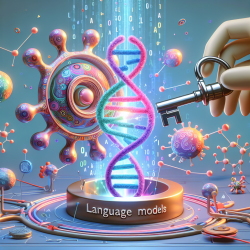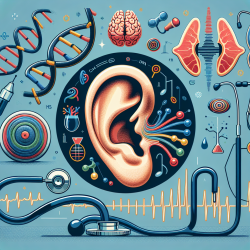The world of artificial intelligence (AI) is rapidly evolving, and language models are at the forefront of this transformation. For practitioners in the field of biomedicine and healthcare, understanding these advancements can be crucial in enhancing their practice. Recent research, such as the scoping review titled "Language model and its interpretability in biomedicine," offers valuable insights into how these models can be utilized effectively.
The Promise of Language Models in Healthcare
Language models like GPT, BERT, and ChatGPT have shown immense potential in various applications within healthcare. These models can be trained on vast biomedical corpora to learn representations that are useful for a range of tasks. From predicting patient diagnoses to recommending treatments, language models are proving to be powerful tools for healthcare professionals.
Understanding Interpretability
A critical aspect of employing language models in healthcare is understanding their interpretability. Interpretability refers to the ability to explain model predictions in a way that is understandable to humans. This is particularly important in the medical domain where decisions can have significant implications for patient care.
- Attention-based Methods: These methods use attention weights as importance scores, helping practitioners understand which parts of the input data are most influential in making predictions.
- Visualization Techniques: Visualization plays a crucial role in interpreting model outputs by highlighting important features through heatmaps or other graphical representations.
- Shapley Additive Explanation (SHAP): SHAP values provide a way to understand the contribution of each feature to a model's prediction, although they can be computationally intensive.
The Role of Practitioners
Practitioners can leverage these insights by integrating language models into their workflows. By doing so, they can improve diagnostic accuracy, enhance treatment recommendations, and ultimately provide better patient care. However, it is also essential for practitioners to stay informed about the limitations and potential biases inherent in these models.
The research highlights several areas ripe for further exploration. Practitioners are encouraged to engage with ongoing studies and consider participating in research initiatives that aim to refine and expand the capabilities of language models in biomedicine.
The Future of Language Models in Biomedicine
The future holds exciting possibilities as language models continue to evolve. With advancements in interpretability techniques and increased collaboration between AI researchers and medical professionals, these tools will become even more integral to healthcare delivery.
Language model and its interpretability in biomedicine: A scoping review










